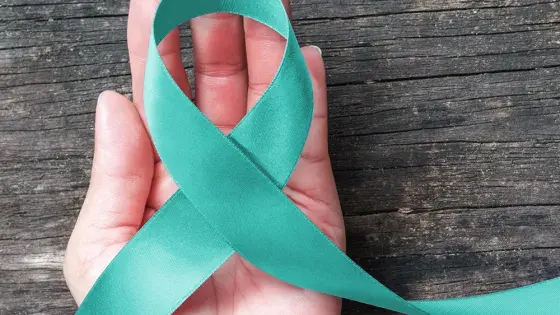Endometriosis is a chronic condition that affects an estimated 1 in 10 women during their reproductive years. It occurs when tissue similar to the lining inside the uterus, called the endometrium, starts to grow outside the uterus. This can happen on the ovaries, fallopian tubes, the outer surface of the uterus and other organs within the pelvis.
Symptoms of Endometriosis:
- Pelvic pain, often associated with menstrual periods. While many women experience cramping during their menstrual period, those with endometriosis typically describe menstrual pain that's far worse than usual;
- Pain with intercourse, which is usually felt as deep pain during or after sexual activity;
- Pain with bowel movements or urination, often during menstrual periods;
- Excessive bleeding, which may include heavy periods (menorrhagia) or bleeding between periods (menometrorrhagia);
- Infertility, which may be the first sign of endometriosis for some women seeking treatment when struggling to become pregnant.
- Other symptoms may include fatigue, diarrhoea, constipation, bloating and nausea, especially during menstrual periods.
Causes of Endometriosis
The exact cause of endometriosis is not known. Several theories exist, including retrograde menstruation, where menstrual blood flows back through the fallopian tubes and into the pelvic cavity instead of leaving the body. Other theories suggest that hormones or the immune system may play a role.
Diagnosis of Endometriosis
Diagnosing endometriosis can be challenging, but it typically involves a detailed medical history and a physical examination. Imaging tests like ultrasound or MRI can help to identify cysts associated with endometriosis, but the only definitive way to diagnose the condition is by a surgical procedure known as a laparoscopy, which allows the doctor to see inside the pelvic cavity.
Management and Treatment
- Pain Medications: Over-the-counter pain relief or prescription medications can help alleviate pelvic pain and menstrual cramping.
- Hormone Therapy: Hormonal treatments, such as birth control pills, patches, or vaginal rings, can help reduce or eliminate pain. Other hormone therapies may also be considered, such as gonadotropin-releasing hormone (GnRH) agonists and antagonists, progestin therapy and aromatase inhibitors.
- Surgery: For women who are not relieved by medication alone, surgery to remove as much endometriosis as possible may be recommended. In severe cases, a hysterectomy with removal of the ovaries may be considered, but this is generally a last resort, especially for women who wish to have children.
- Assisted Reproductive Technologies: For women with endometriosis-associated infertility, treatments such as in-vitro fertilisation (IVF) can offer hope for pregnancy.
Lifestyle and Home Remedies
- Regular exercise and a healthy diet may help to reduce symptoms.
- Heat, such as a hot bath or a heating pad, can help relax pelvic muscles, reducing cramping and pain.
- Rest and relaxation techniques may help manage pain and the emotional impacts of the condition.
General Recommendations for a Healthy Lifestyle
- A nutritious diet, incorporating a variety of foods, supports overall health.
- Regular physical activity benefits physical and mental health.
- Stress-reducing activities and adequate rest are essential for wellbeing.
- Social engagement provides emotional support and a sense of community.
- Routine health screenings facilitate early detection and intervention.
We encourage all women to prioritise their health by staying informed, seeking regular medical advice, and adopting a holistic approach to wellbeing. Your health is invaluable, and taking proactive steps today can lead to a healthier tomorrow.
Support and Resources
Living with endometriosis can be difficult, but support groups and counselling can help women cope with the emotional distress and provide a community of individuals who understand the challenges of the condition.
It is important for any woman experiencing symptoms of endometriosis to consult with a healthcare provider for a proper diagnosis and to discuss the most appropriate treatment options for her individual situation.
With a comprehensive approach to management, many women with endometriosis can lead full and active lives.

